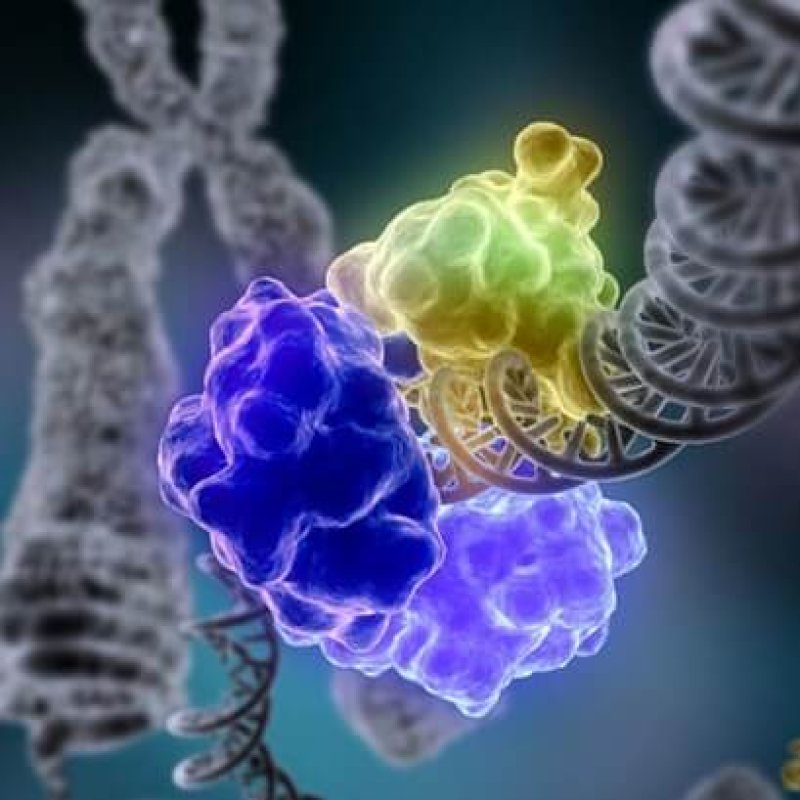A team of Berkeley Lab researchers at the Advanced Light Source have invented a new technique for detecting and repairing genetic errors that cause mutations and disease. This breakthrough, which involves hybrid nanomaterials and small angle X-ray scattering technology (SAXS), has been used to solve a major problem involving genome integrity and the biological detection of mismatched DNA.
The research team used gold nanocrystal labels on DNA to create hybrid nanomaterials that are optimized for SAXS observation. The combination of gold-nanolabels and SAXS allowed the research team to follow DNA conformational changes brought on by a small protein called MutS – for “Mutator S” – which controls the integrity of genomes across a wide range of organisms, from microbes to humans.
“Our technique of employing SAXS with gold nanolabels allows us to examine DNA processing by cooperative enzymes in which solution conditions, long distances, low concentrations, substoichiometric populations, and short time-scales are of importance,” says Greg Hura, a scientist with Berkeley Lab’s Physical Biosciences Division.
Read the full, original story here: Researchers get a detailed look at a DNA repair protein in action
Additional Resources:
- “New cell technique could lead to repairs in damaged DNA,” Journal Sentinel
- “DNA Damage Occurs as Part of Normal Brain Activity, Scientists Discover,” Science Daily
- “Scientists tie DNA repair to key cell signaling network,” Genetics Times































